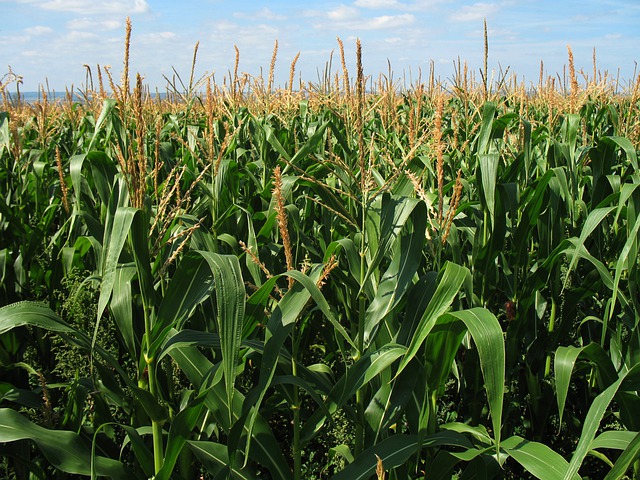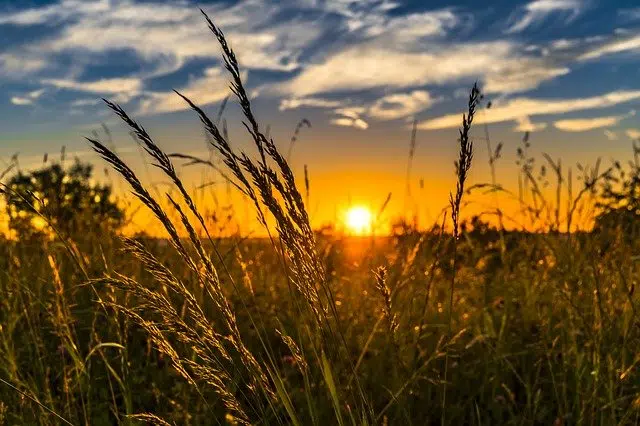
Grasses are plants that have certain peculiarities in their stem.
The adjective graminea , from the Latin word gramineus , is used to describe a plant according to certain characteristics of its stem. By extension, the family of these species is known by this term.
Grasses are monocotyledonous angiosperms , two concepts that refer to specific qualities. Angiosperms are flowering plants with closed carpels (ovaries) that contain the ovules. Being phanerogamous, their reproductive organs are flower-shaped and visible. Regarding its inclusion in the group of monocotyledons, it is due to the fact that its embryo has a single cotyledon (a name that refers to the first leaf of phanerogams).
Regarding the stem of grasses, they are cylindrical and, generally, hollow. The stem has nodes , from which alternate leaves emerge that embrace it. The flowers , which can be arranged in panicles or spikes, are simple and their scales cover a dry grain.
Grass species
There are more than twelve thousand species of grasses, being one of the most numerous families of plants and the most relevant in terms of the economy , since they have been part of the human diet for a long time. Grasses can be consumed directly (through oils, cereals, etc.) and also serve as food for animals that are used by man for their meat, eggs and milk.
Corn , wheat , oats , rice and sugar cane , for example, belong to the group of grasses. This family of plants can adapt to multiple environments, which is why its production extends over much of the earth's surface.

Wheat is one of the most used grasses in cooking.
Particularities of these plants
It is worth highlighting the variety that characterizes the grass family, which explains why it is so present in our daily lives, both in our diet and in the environments we inhabit and use for leisure. One of the features that make it so predominant is its robustness.
While many other plant families grow only at their ends, grasses have their development zones above their nodes. This allows new shoots to emerge from the stems that grow horizontally, either above or below the ground. When we mow the grass or when an animal feeds on it, grasses continue to grow, unlike other families, and this explains why they are so convenient for industry.
Another difference between grasses and other plants is that when their stems are twisted, either by the action of the wind or because someone walks over them, they are almost always able to compensate for the damage and straighten themselves by strategically accelerating their growth . . This is crucial in the "competition" for sunlight, which distinguishes plants that survive from those that die. Since humans depend largely on grasses, their incredible resistance is the property we most appreciate.
Importance of grasses
In short, grasses are the most abundant plants on our planet, and they are also the most relevant for our economy. In the words of a botanist specialized in this family, it is possible to compare it to a dam that protects us from hunger . If you ask anyone what was the last thing they ate, their answer will probably include a bowl of rice, a piece of bread, or some recipe that includes oats or flour, so, in short, they have eaten grasses .
Flour contains wheat, barley or rye, and is present in most savory and sweet recipes. As if this were not enough, sugar cane is also a grass, and is used in more than half of the sugar we consume.
